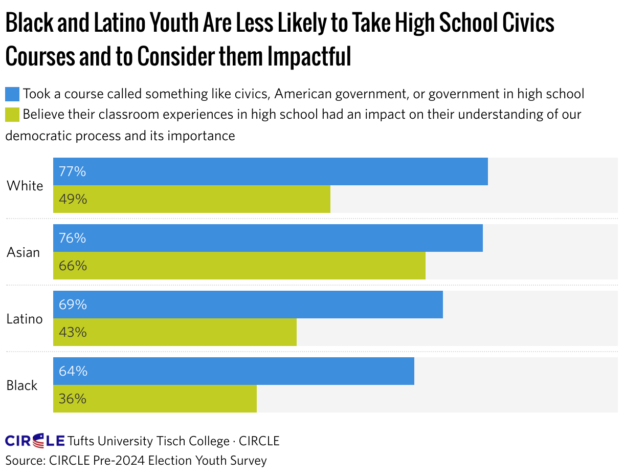It feels hard to read deeply these days. Our devices distract us constantly, the world is frenetic, and we have developed habits–as well as tools–for scanning and searching instead of following someone else’s thought across many pages. I find that some students are concerned about these trends and are striving to focus more on their own reading. Yet I also perceive a decline in many students’ attention (as well as my own) during the short period since the pandemic.
Meanwhile, Alexandra Moe recently wrote a piece in The Atlantic that reports extensive research on the benefits of reading aloud–even privately. Compared to silent reading, giving voice to written words involves different regions of the brain and has documented benefits, including helping people to manage chronic pain. It sounds like a form of meditation. Indeed, in his book about Tibetan Buddhist monks, Georges Dreyfus writes:
Reading or reciting aloud is considered virtuous for several reasons. Vocalizing a text in a rhythmic pattern helps it penetrate one’s mind, where it starts to take on a life of its own. One finds oneself spontaneously repeating the words. Such absorption of religious texts is thought to have soteriological value. The virtuous nature of recitation is also tied to a view of the world as alive with a number of invisible entities [who can hear the spoken words and benefit from them].
Dreyfus, The Sound of Two Hands Clapping: The Education of a Tibetan Buddhist Monk (Kindle Locations 1212-1215).
However, in the Tibetan monasteries where Dreyfus studied,
Reading aloud was used for liturgy or by beginners, not by seasoned scholars. As scholastics, Tibetan intellectuals had to consult a vast literature, and they thus read intensively and swiftly… . Tibetan scholars often practice comparative reading, matching the opinions of several texts point by point; this practice, too, requires speed and is incompatible with vocalization. [Scholars] read silently even in their daily recitations.
Ibid., Kindle Locations 2125-2129)
It is a familiar pattern that professionals read silently to find things, thus perhaps missing the spiritual benefits of reading aloud. Declaiming written words slows us down and forces us to think about how each syllable and sentence should sound. It’s an activity for amateurs, in the best sense of that word.
With those points in mind, you might try reading Keats’ “Ode to Autumn” aloud. I’ll paste the text below.
This work has generated a large and learned literature with unresolved questions. For instance, is it about endings alone or also about rebirth? Is it apolitical or a subtle response to the dramatic political events of 1819? Is it patriotic–about a specifically English fall? Why is the narrative “I” missing?
These questions are good, but for the moment, I’d recommend simply hearing the sounds of Keats’ words in your own mouth; asking yourself where the stresses and pauses belong; visualizing, as concretely as you can, his sequence of images; and following the trajectories–as I read the poem–from September to November and from feeling through sight to sound.
Season of mists and mellow fruitfulness,
Close bosom-friend of the maturing sun;
Conspiring with him how to load and bless
With fruit the vines that round the thatch-eves run;
To bend with apples the moss'd cottage-trees,
And fill all fruit with ripeness to the core;
To swell the gourd, and plump the hazel shells
With a sweet kernel; to set budding more,
And still more, later flowers for the bees,
Until they think warm days will never cease,
For summer has o'er-brimm'd their clammy cells.
Who hath not seen thee oft amid thy store?
Sometimes whoever seeks abroad may find
Thee sitting careless on a granary floor,
Thy hair soft-lifted by the winnowing wind;
Or on a half-reap'd furrow sound asleep,
Drows'd with the fume of poppies, while thy hook
Spares the next swath and all its twined flowers:
And sometimes like a gleaner thou dost keep
Steady thy laden head across a brook;
Or by a cyder-press, with patient look,
Thou watchest the last oozings hours by hours.
Where are the songs of spring? Ay, Where are they?
Think not of them, thou hast thy music too,—
While barred clouds bloom the soft-dying day,
And touch the stubble-plains with rosy hue;
Then in a wailful choir the small gnats mourn
Among the river sallows, borne aloft
Or sinking as the light wind lives or dies;
And full-grown lambs loud bleat from hilly bourn;
Hedge-crickets sing; and now with treble soft
The red-breast whistles from a garden-croft;
And gathering swallows twitter in the skies.
I also found my way to images of John Constable’s “The Hay Wain,” painted just two years after Keats wrote this Ode and a frequent object of comparison.
See also: reading for personal interest: trends since 2003; are we forgetting how to read?; when you know, but cannot feel, beauty;
